The Serene Presence of Buddhist Pagodas from Different Community:
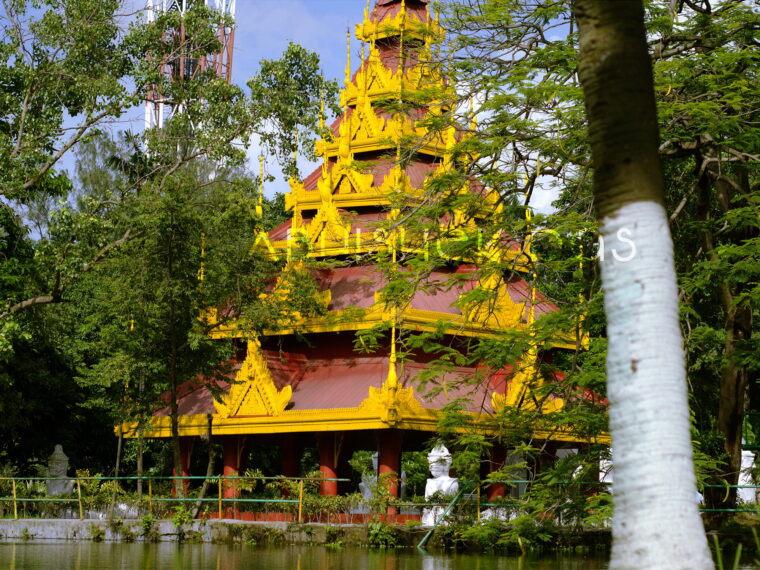
Buddhism spread in Bengal during Ashoka. But its effect faded away in the successive period. The presence of Buddhist Pagodas in Kolkata slowly mingled with other cultures of the locals. Still, there are some monasteries in Kolkata and North Bengal. They reveal different stories of their presence with the calmness at their sites with prayer. The Buddhist monks from different parts of Asia as Myanmar, China and Japan came much later to the city and established the temples and prayer halls. But very few people know about these beautiful temples in Kolkata and the amazing stories behind it.
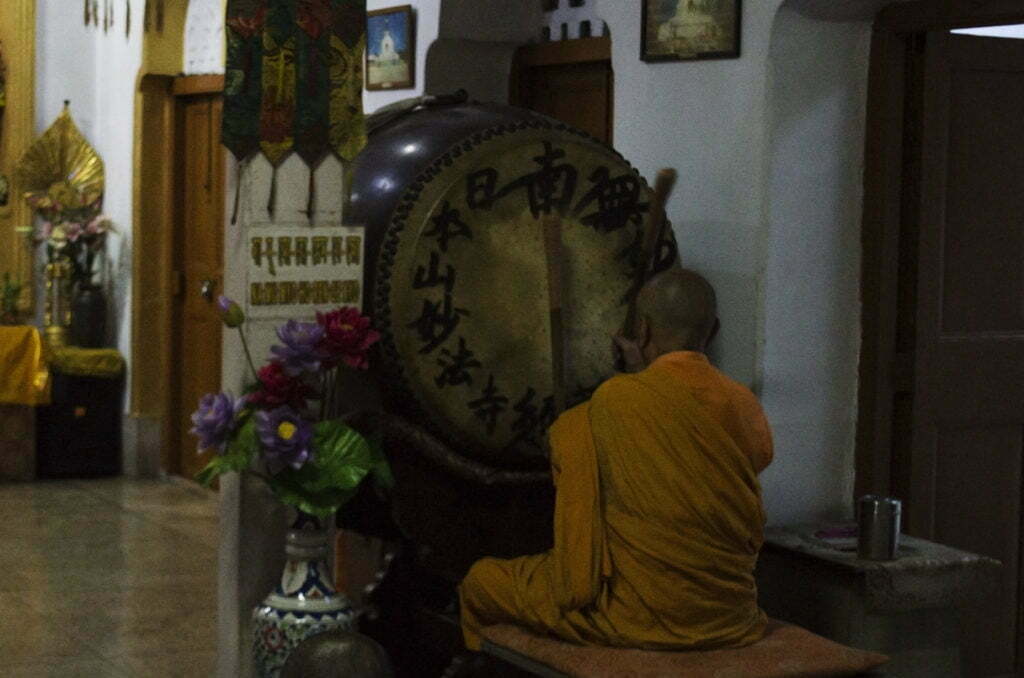
The melodic chants of Mantra make one forget all worries, anxieties, stress and all tribulations. You will find yourself in the divine world of spirituality. The spiritual aura of prayers amidst the calmness and peaceful environment of the Buddhist Pagodas are the best places that one can visit. The best peaceful gesture is when Chinese and Japanese Buddhists jointly built a beautiful temple in Eden Garden leaving the impression of their respective culture.
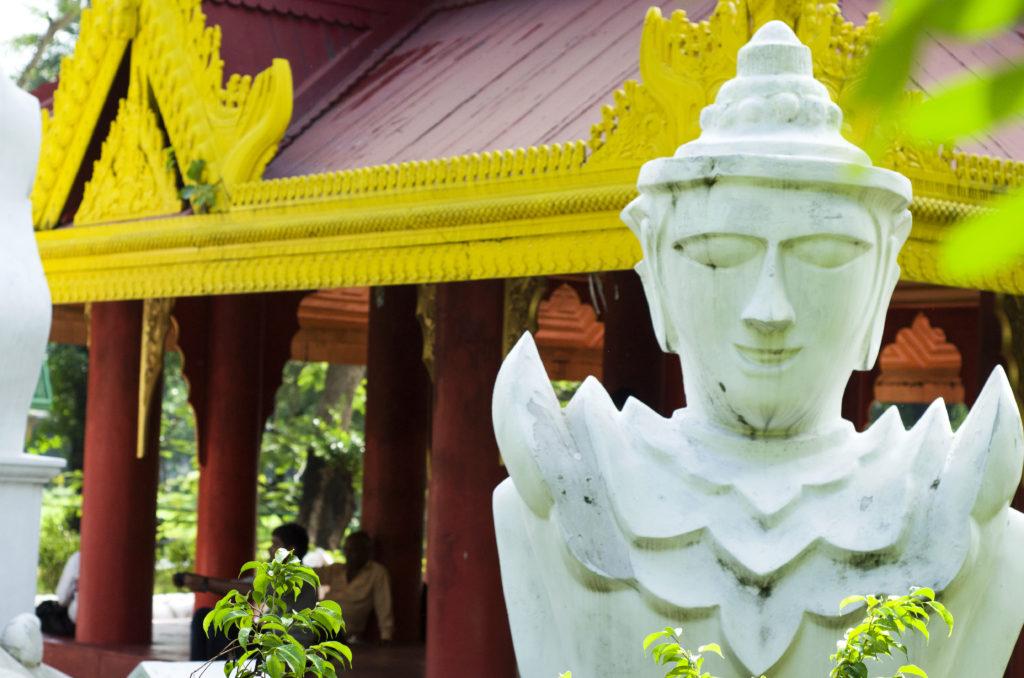
The different pagodas have their typical architecture which looks out of place in the city of joy. It attracts a few Buddhist locals and some wandering tourists. You will surely experience peace and reconciliation yourself at these breathtaking monasteries.
In the sky, there is no distinction of east and west; people create distinctions out of their own minds and then believe them to be true.
-Lord Gautam Buddha
Hsuan Tsang Monastery (China Temple):
The monastery has been named after the famous monk and scholar Hsuan Tsang who travelled in India in 7th BC. The monastery was constructed by the local Chinese community in 1968. The locals call it China Mandir. The Monastery is two-storied with the monks and nuns residence.
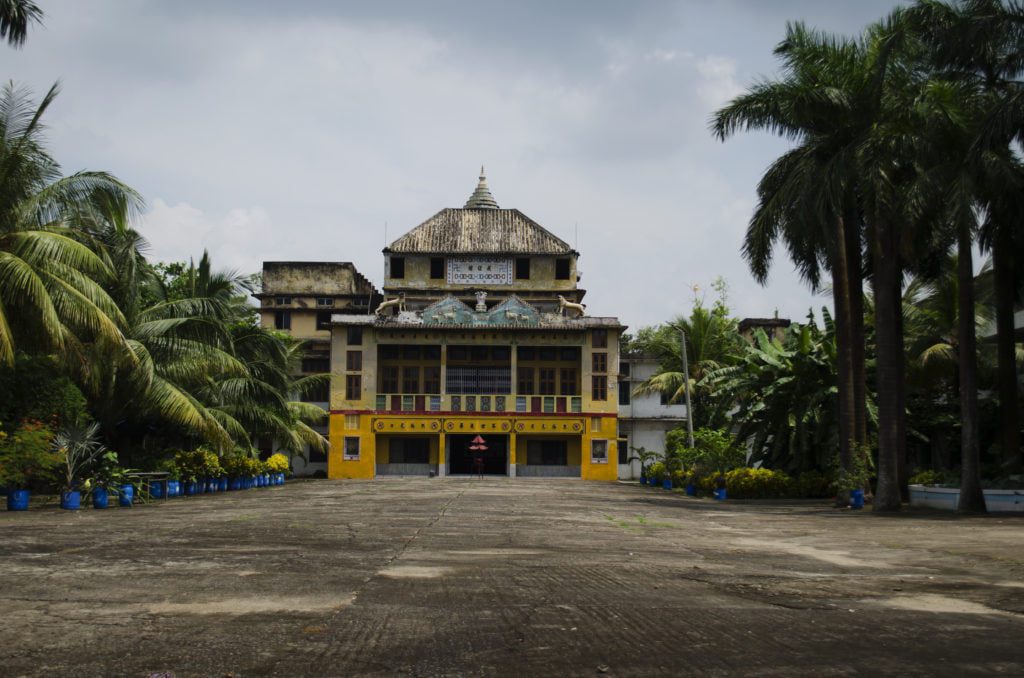
The temple is situated on one end of the premises and the main prayer hall is on the ground floor. The huge hall contains four giant Buddha statues, painted with bright golden colour. On both sides of the main statue, smaller statues of Chinese Gods and Goddesses are placed, creating a mesmerizing environment.
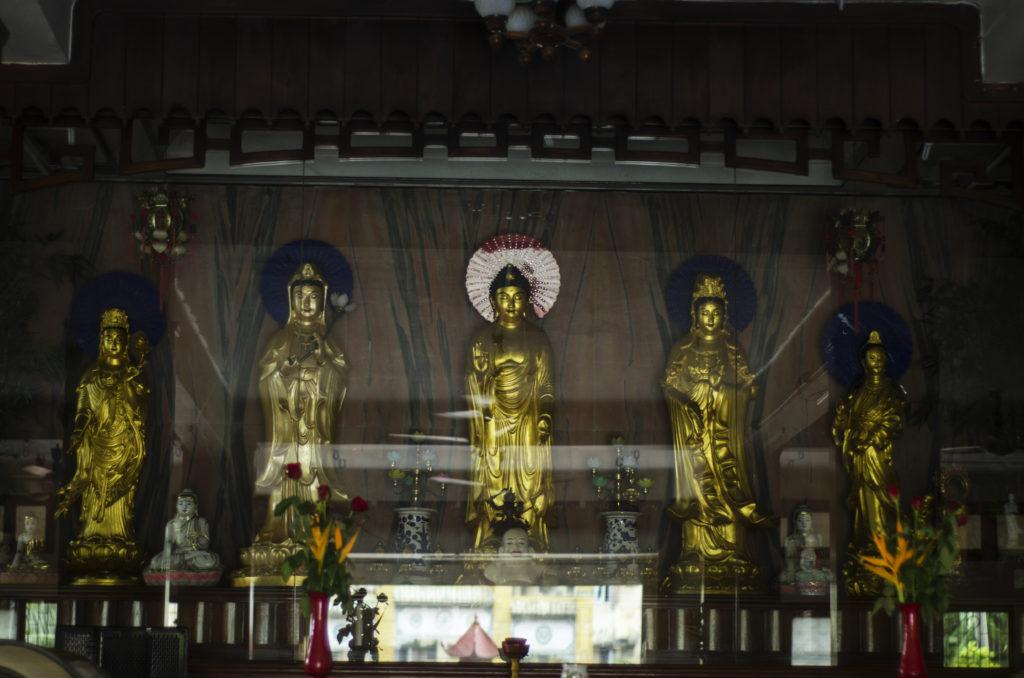
The glass cover around the alter makes photography extremely difficult. Festivals like Buddha Purnima, Chinese New Year and senior citizen’s day according to the Chinese calendar are celebrated every year. The monastery also hosts special sessions of prayers on every full moon day apart from daily prayers.
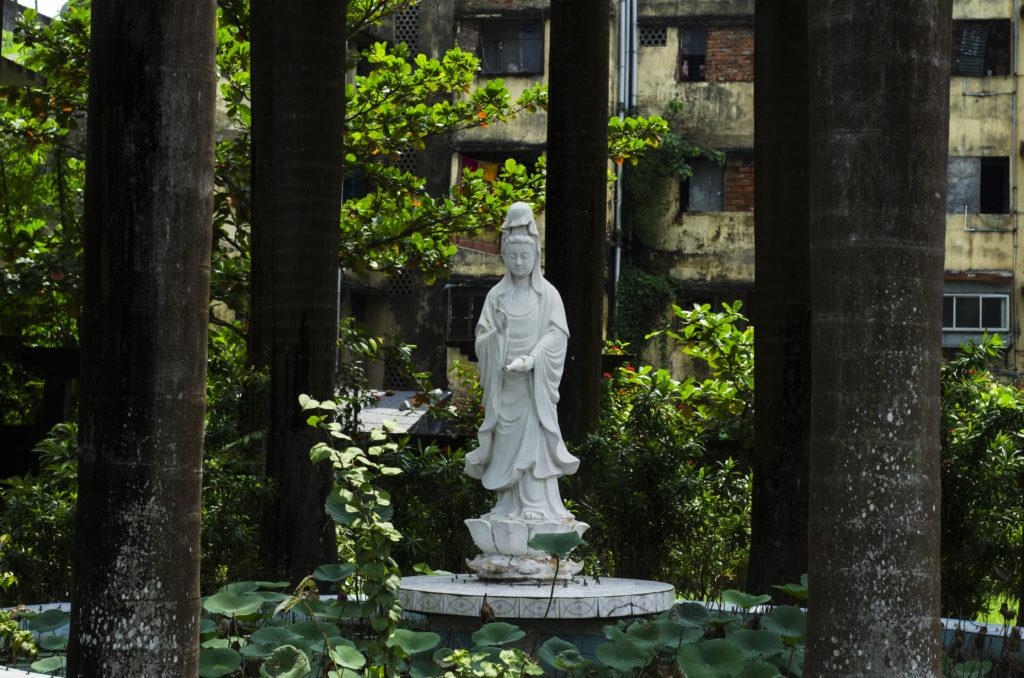
It is located on the outskirt of Kolkata. the Monastery is best approached from the Ruby Hospital on the EM Bypass from where regular auto services are available which takes 10-15 minutes for Adarsh Nagar, Chowbanga.
Nipponzan Myohoji Temple (Japanese Temple):
Few people living in the region are aware that there is a Japanese Buddhist Pagodas in Kolkata, and even fewer are aware that it is officially called The Nipponzan Myohoji Temple. The Japanese Buddhist Temple is located on the Lake Road at Kabi Bharati Sarani, in Dhakuria.
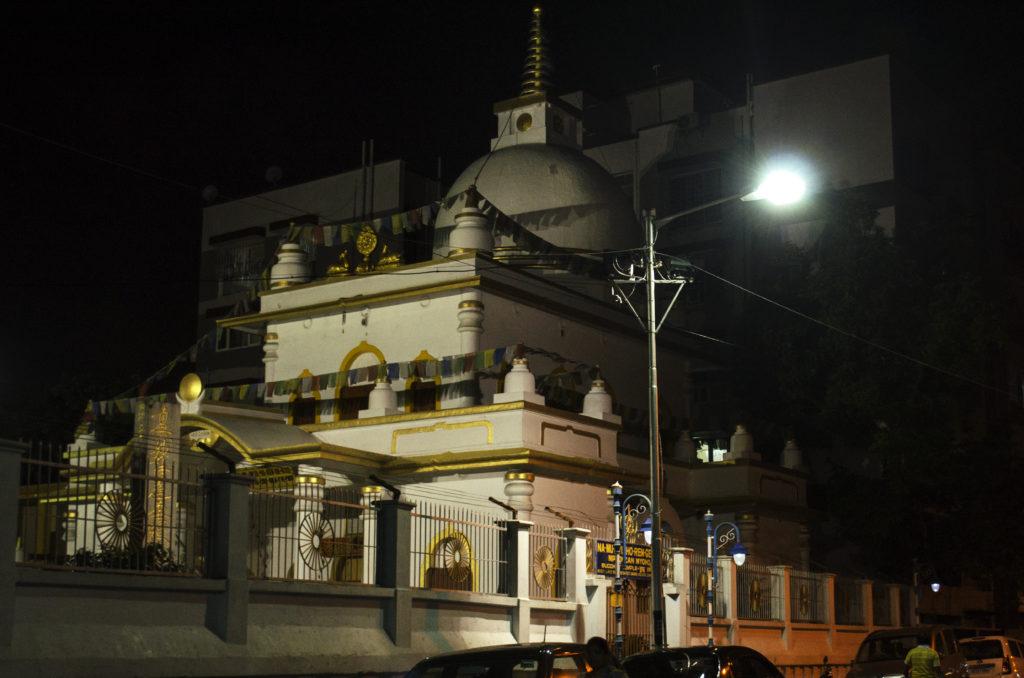
The two-storied milky white building is lined with golden borders and a beautiful compound with manicured lawns and landscaped gardens. It has a prayer hall on the ground floor, where a marble idol of seated Buddha and the altar is marvellously decorated with colourful fabrics and brass lamps.
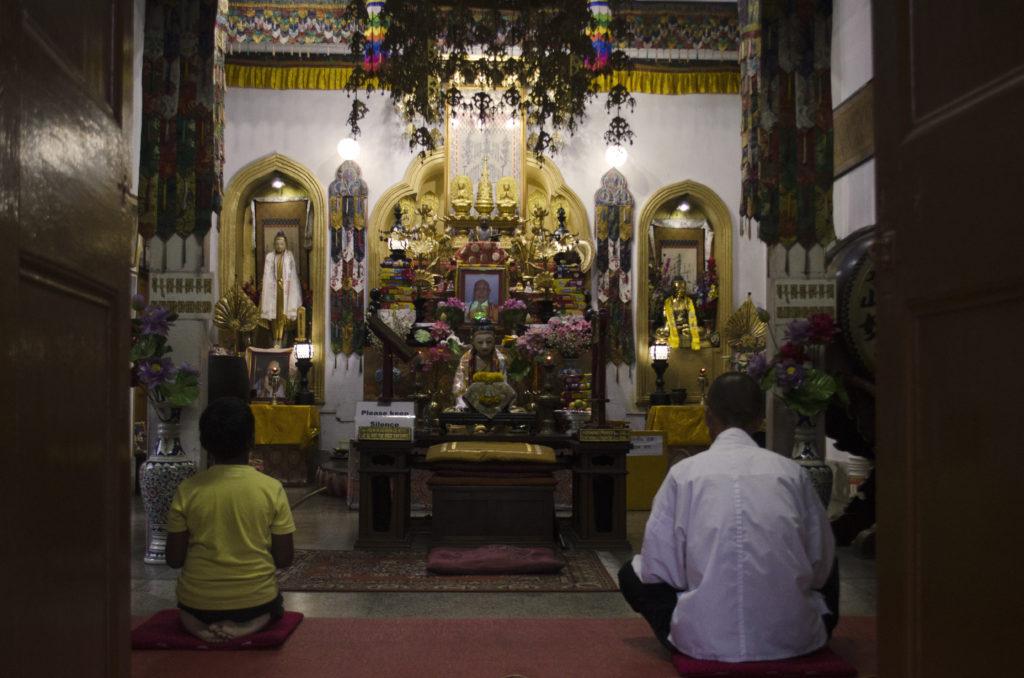
There is a meditation room on the second floor and the Arya Dharma Library beside it. The temple was founded in 1935 by Nichidatsu Fujii (1885 – 1985), who held the opinion of the Lotus Sutra. At the entrance of the temple is signage, which reads “Na – Mu – Myo – Ho – Ren – Ge – Kyo.” meaning “I take refuge in the wonderful law of the Lotus Flower Sutra”.
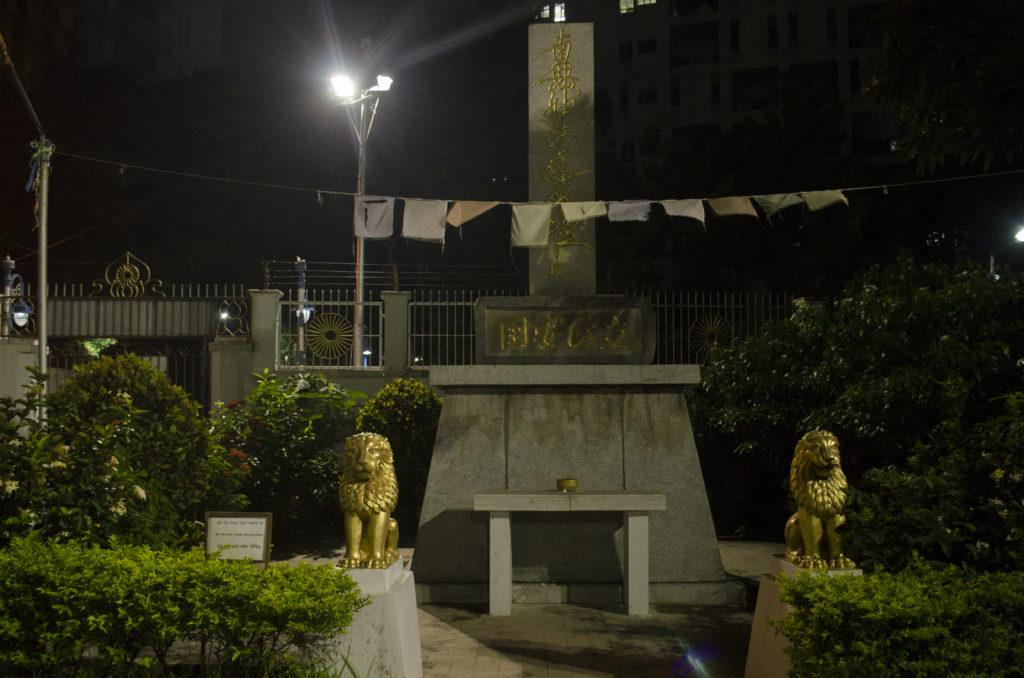
See if you can locate the residence of the ex-President of India, Pranab Mukherjee. To reach the site, come in the middle of the Dhakuria Bridge and climb down the stairs, pass below the bridge, walk a couple of yards away, on the left.




I want to see your Mandir
M-8910532251